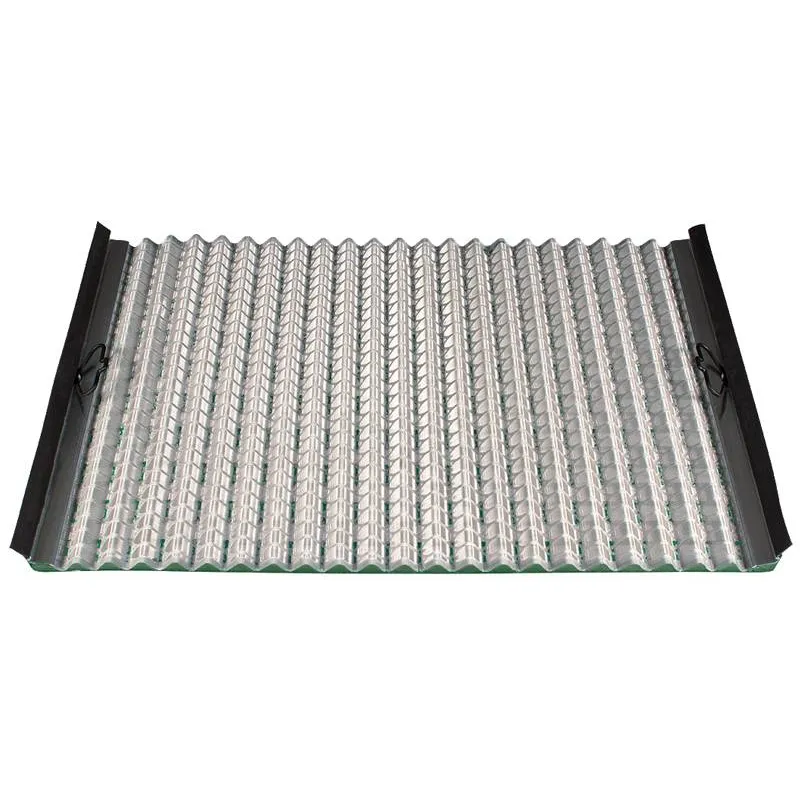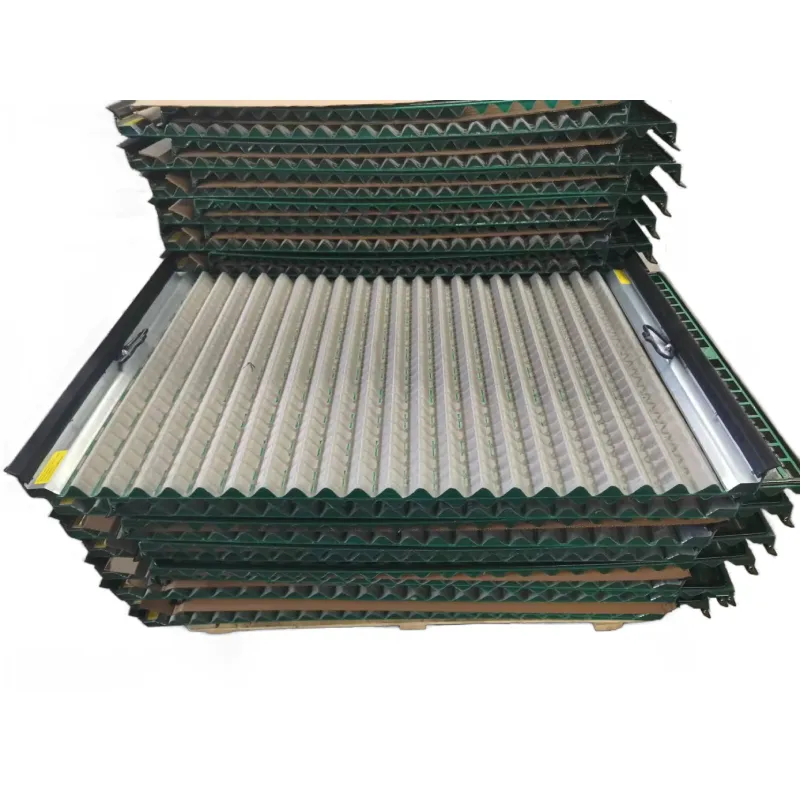- Industrial zone, South of Anping Town, Hengshui, Hebei, China.
- sales@hfpetromesh.com
- +86-18931809706
 Afrikaans
Afrikaans  Albanian
Albanian  Amharic
Amharic  Arabic
Arabic  Armenian
Armenian  Azerbaijani
Azerbaijani  Basque
Basque  Belarusian
Belarusian  Bengali
Bengali  Bosnian
Bosnian  Bulgarian
Bulgarian  Catalan
Catalan  Cebuano
Cebuano  Corsican
Corsican  Croatian
Croatian  Czech
Czech  Danish
Danish  Dutch
Dutch  English
English  Esperanto
Esperanto  Estonian
Estonian  Finnish
Finnish  French
French  Frisian
Frisian  Galician
Galician  Georgian
Georgian  German
German  Greek
Greek  Gujarati
Gujarati  Haitian Creole
Haitian Creole  hausa
hausa  hawaiian
hawaiian  Hebrew
Hebrew  Hindi
Hindi  Miao
Miao  Hungarian
Hungarian  Icelandic
Icelandic  igbo
igbo  Indonesian
Indonesian  irish
irish  Italian
Italian  Japanese
Japanese  Javanese
Javanese  Kannada
Kannada  kazakh
kazakh  Khmer
Khmer  Rwandese
Rwandese  Korean
Korean  Kurdish
Kurdish  Kyrgyz
Kyrgyz  Lao
Lao  Latin
Latin  Latvian
Latvian  Lithuanian
Lithuanian  Luxembourgish
Luxembourgish  Macedonian
Macedonian  Malgashi
Malgashi  Malay
Malay  Malayalam
Malayalam  Maltese
Maltese  Maori
Maori  Marathi
Marathi  Mongolian
Mongolian  Myanmar
Myanmar  Nepali
Nepali  Norwegian
Norwegian  Norwegian
Norwegian  Occitan
Occitan  Pashto
Pashto  Persian
Persian  Polish
Polish  Portuguese
Portuguese  Punjabi
Punjabi  Romanian
Romanian  Russian
Russian  Samoan
Samoan  Scottish Gaelic
Scottish Gaelic  Serbian
Serbian  Sesotho
Sesotho  Shona
Shona  Sindhi
Sindhi  Sinhala
Sinhala  Slovak
Slovak  Slovenian
Slovenian  Somali
Somali  Spanish
Spanish  Sundanese
Sundanese  Swahili
Swahili  Swedish
Swedish  Tagalog
Tagalog  Tajik
Tajik  Tamil
Tamil  Tatar
Tatar  Telugu
Telugu  Thai
Thai  Turkish
Turkish  Turkmen
Turkmen  Ukrainian
Ukrainian  Urdu
Urdu  Uighur
Uighur  Uzbek
Uzbek  Vietnamese
Vietnamese  Welsh
Welsh  Bantu
Bantu  Yiddish
Yiddish  Yoruba
Yoruba  Zulu
Zulu
- Afrikaans
- Albanian
- Amharic
- Arabic
- Armenian
- Azerbaijani
- Basque
- Belarusian
- Bengali
- Bosnian
- Bulgarian
- Catalan
- Cebuano
- Corsican
- Croatian
- Czech
- Danish
- Dutch
- English
- Esperanto
- Estonian
- Finnish
- French
- Frisian
- Galician
- Georgian
- German
- Greek
- Gujarati
- Haitian Creole
- hausa
- hawaiian
- Hebrew
- Hindi
- Miao
- Hungarian
- Icelandic
- igbo
- Indonesian
- irish
- Italian
- Japanese
- Javanese
- Kannada
- kazakh
- Khmer
- Rwandese
- Korean
- Kurdish
- Kyrgyz
- Lao
- Latin
- Latvian
- Lithuanian
- Luxembourgish
- Macedonian
- Malgashi
- Malay
- Malayalam
- Maltese
- Maori
- Marathi
- Mongolian
- Myanmar
- Nepali
- Norwegian
- Norwegian
- Occitan
- Pashto
- Persian
- Polish
- Portuguese
- Punjabi
- Romanian
- Russian
- Samoan
- Scottish Gaelic
- Serbian
- Sesotho
- Shona
- Sindhi
- Sinhala
- Slovak
- Slovenian
- Somali
- Spanish
- Sundanese
- Swahili
- Swedish
- Tagalog
- Tajik
- Tamil
- Tatar
- Telugu
- Thai
- Turkish
- Turkmen
- Ukrainian
- Urdu
- Uighur
- Uzbek
- Vietnamese
- Welsh
- Bantu
- Yiddish
- Yoruba
- Zulu
Premium Derrick Pyramid Screens - High Efficiency Filters
Industry Overview and Evolution
The oil and gas drilling industry has witnessed remarkable technological advancements in solids control systems over the past decade. Among the most significant innovations are Derrick pyramid screens, which have revolutionized the efficiency of shale shakers. These screens employ a unique geometric design that dramatically increases screen life and fluid processing capacity compared to traditional screens.
Market analysis from Global Drilling Solutions indicates that Derrick shaker screens now capture approximately 42% of the global market share for premium shale shaker screens. Their patented pyramid structure provides up to 45% more screening surface area than flat or hook-strip screens, allowing for greater flow rates without compromising filtration efficiency. The technology has proven particularly valuable in demanding drilling operations such as deepwater offshore projects and extended reach drilling (ERD) where solids control efficiency directly impacts operational success.


As noted in the Journal of Petroleum Technology (2023), the development of derrick pyramid screens represents one of the most important breakthroughs in drilling efficiency. The three-dimensional structure significantly reduces screen blinding—a common problem with conventional screens where particles block the mesh openings. This innovation has led to measurable reductions in non-productive time (NPT) across drilling operations worldwide, with field data showing a 22% average reduction in screen-related downtime.
Technical Specifications and Performance
Understanding the technical specifications of Derrick pyramid screens is crucial for optimal solids control system design. These screens outperform traditional options in several critical parameters:
| Parameter | Derrick Pyramid Screen | Conventional Hook-Strip | Improvement |
|---|---|---|---|
| Surface Area | 2.8 m² | 1.9 m² | 47% increase |
| Flow Capacity | 800 GPM | 550 GPM | 45% increase |
| Screen Life | 120-150 hours | 60-80 hours | 90% increase |
| Blind Spot Reduction | 92% less | Baseline | Significant reduction |
| Mesh Range | API 20-325 | API 20-250 | Extended range |


The exceptional performance of derrick pyramid screens stems from their unique structural design which features pyramid-shaped corrugations. This three-dimensional configuration provides multiple advantages including increased rigidity for better support, optimized fluid distribution patterns, and significantly greater open area per square foot of screen surface. Materials technology has also advanced substantially, with leading manufacturers like Anping County Hangshun utilizing specialized alloys that offer superior corrosion resistance in challenging drilling environments.
Advanced Applications in Drilling Operations
Derrick pyramid screens have demonstrated outstanding performance across various challenging drilling applications:
Deepwater Drilling
Provides superior handling of high-density drilling fluids at low temperatures with minimal screen blinding issues
High-Pressure HT/HP Wells
Special alloy construction maintains integrity under extreme temperature and pressure conditions
Geothermal Projects
Enhanced abrasion resistance for handling high solid content in geothermal drilling operations
A recent case study published in the Oilfield Technology Review (2024) documented how a major operator achieved a 30% reduction in screen consumption costs on their Gulf of Mexico platform by switching to derrick pyramid screens. The technology has proven particularly effective in ERD wells where proper solids control is critical to maintaining hole stability throughout long horizontal sections. Field data indicates that the pyramid screen design improves cuttings conveyance efficiency by up to 35%, reducing recirculation of solids that can accelerate equipment wear.
Offshore Brazil has emerged as one of the most demanding test environments for shale shaker screens. Petrobras reported in their 2023 Technical Bulletin that the implementation of Derrick pyramid screens on their floating platforms resulted in a 28% increase in average screen life compared to their previous solutions. This extended durability is especially valuable in remote operations where screen replacement logistics present significant challenges.
Anping County Hangshun Wire Mesh Manufacture Co., Ltd.
Industrial zone, South of Anping Town, Hengshui, Hebei, China
Email: sales@hfpetromesh.com
Mobile: +86-18931809706
Website: www.hfpetromesh.com
Featured Product
3D Shaker Screen - Also called wave shale shaker screen, with 3D structure has large surface and higher processing efficiency than other shale shaker screens.
Learn more about our innovative solution: 3D Shaker Screen Technology
Technical FAQ: Shale Shaker Screens
Q: What materials are typically used in manufacturing high-quality Derrick pyramid screens?
A: Premium screens utilize 304 or 316 stainless steel for corrosion resistance, with advanced options featuring Hastelloy alloys for H₂S environments. Structural integrity comes from high-carbon steel frame components coated with protective finishes.
Q: How do pyramid screens differ structurally from conventional shale shaker screens?
A: Unlike flat-panel screens, pyramid screens feature a three-dimensional pyramid-shaped corrugated structure. This geometry provides greater rigidity, increased surface area, and optimized flow dynamics that reduce blinding and increase throughput capacity.
Q: What are the critical parameters when selecting mesh size for drilling operations?
A: Mesh selection depends on drilling fluid properties, formation characteristics, and operational objectives. API-RP13C specifies standards between 20-325 mesh. Coarser meshes (20-80) handle higher flow rates, while finer meshes (120-325) provide superior solids removal for critical applications.
Q: How should pyramid screens be tensioned for optimal performance?
A: Proper tensioning follows manufacturer specifications but typically ranges from 25-35 lbf/in. Undertensioning causes premature failure, while overtensioning leads to frame fatigue. Digital tension gauges are recommended during installation to ensure compliance with API standards.
Q: What maintenance procedures extend pyramid screen service life?
A: Key practices include regular visual inspection for wear points, proper cleaning with compatible solutions, optimal tension verification, appropriate storage away from moisture and mechanical damage, and maintaining recommended fluid properties to prevent chemical degradation.
Q: How do environmental conditions affect screen performance and selection?
A: High-salinity offshore environments require corrosion-resistant alloys. High-temperature wells (above 350°F) need specialized bonding materials. Arctic conditions benefit from screens designed for cold-weather brittleness resistance. Proper environmental specification prevents premature failure modes.
Q: What quality certifications should customers verify when selecting shale shaker screens?
A: Essential certifications include API-RP13C compliance for performance standards, ISO 9001 for manufacturing quality systems, and NACE MR0175 for sour service compatibility. Leading suppliers also conduct rigorous QA including batch testing and material traceability.
Industry References & Technical Research
- International Association of Drilling Contractors (2023). Solids Control Best Practices Handbook. Retrieved from: https://www.iadc.org/solids-control-best-practices
- Petroleum Engineering Journal (2024). Advancements in Shale Shaker Technology: Case Studies and Field Performance Data. Volume 45, Issue 2, pp 110-125
- Society of Petroleum Engineers (2023). Pyramid Screen Technology White Paper: Enhancing Drilling Efficiency Through Solids Control Innovation. SPE Technical Report 2023-17
- Global Drilling Technology Review (2024). Market Analysis: Solids Control Equipment 2020-2025. Retrieved from: https://www.drillingtechreview.com/solids-control-market
-
Why Our Shaker Screen for Sale Stands Out in Every ApplicationNewsAug.08,2025
-
Unmatched Efficiency with Premium Shale Shaker Screen TechnologyNewsAug.08,2025
-
Reliable, Durable, and Cost-Effective: Press Locked Steel Grating SolutionsNewsAug.08,2025
-
Precision Strength with Welded Steel Bar GratingNewsAug.08,2025
-
Perimeter Safety Netting: The High-Strength Shield for Elevated Safety SolutionsNewsAug.08,2025
-
Maximize Performance with Steel Walkway GratingNewsAug.08,2025